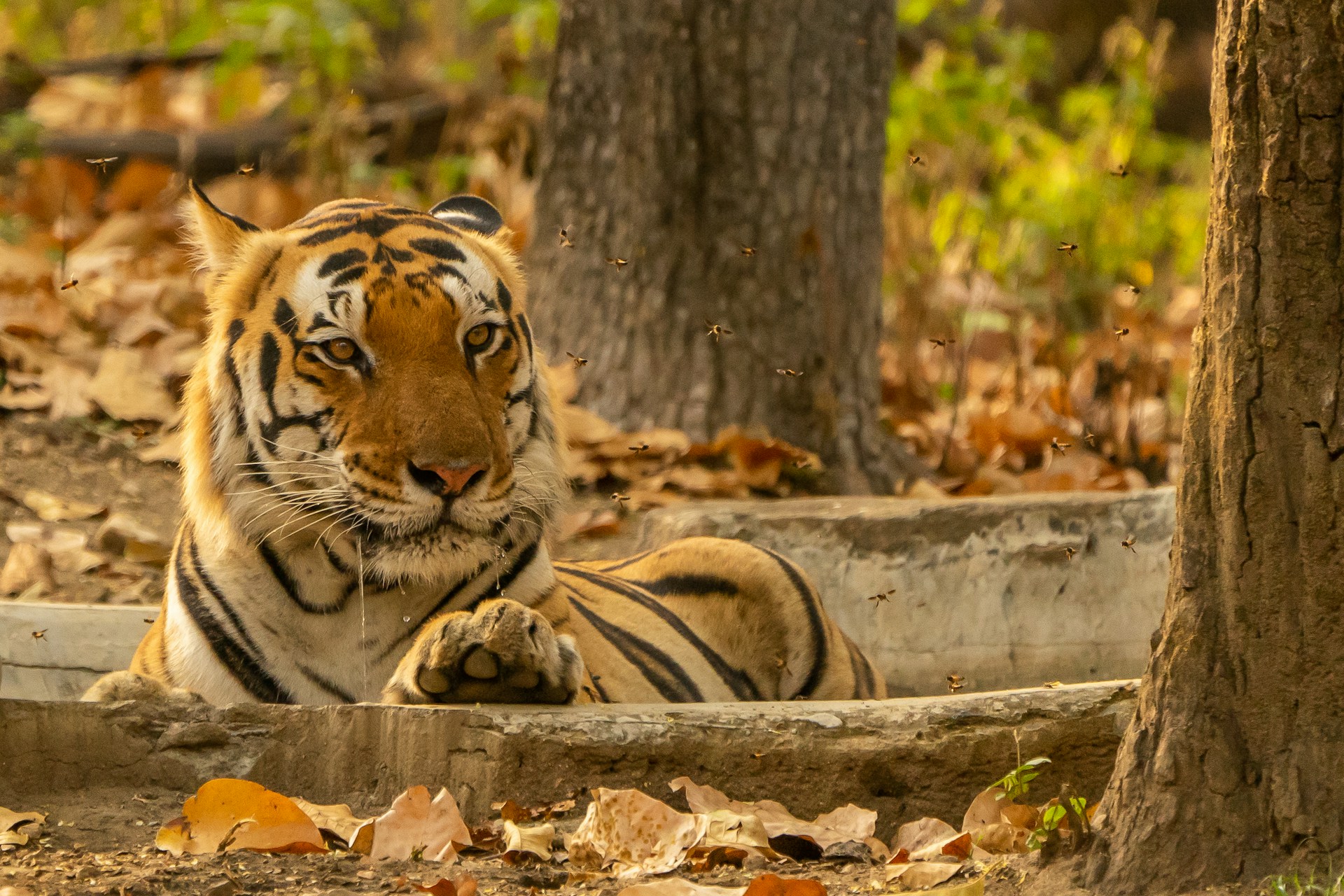
Kanha National Park
PC: Hans Jurgen Mager
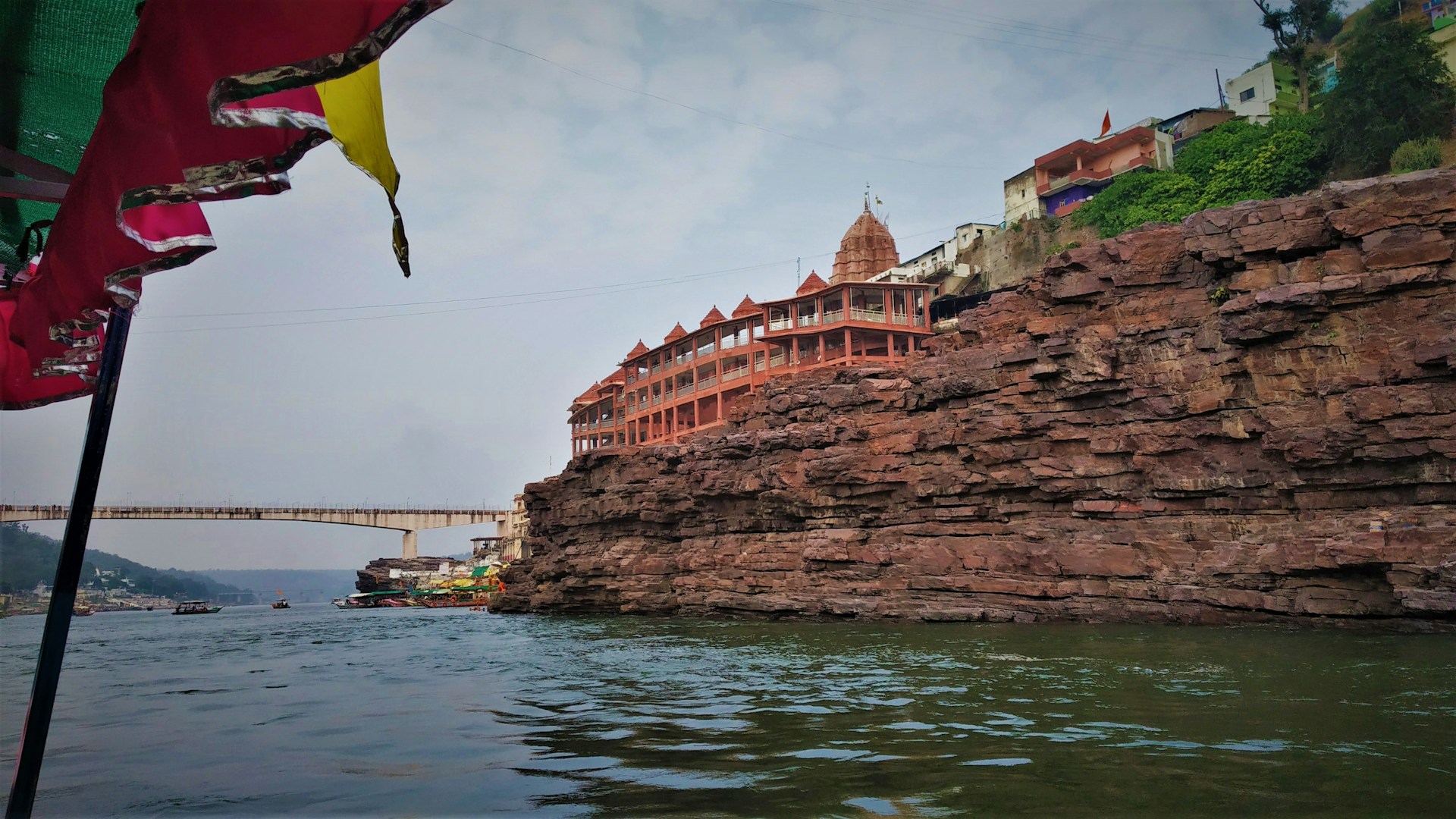
Omkareshwar Temple
PC: Saurabh Solanki
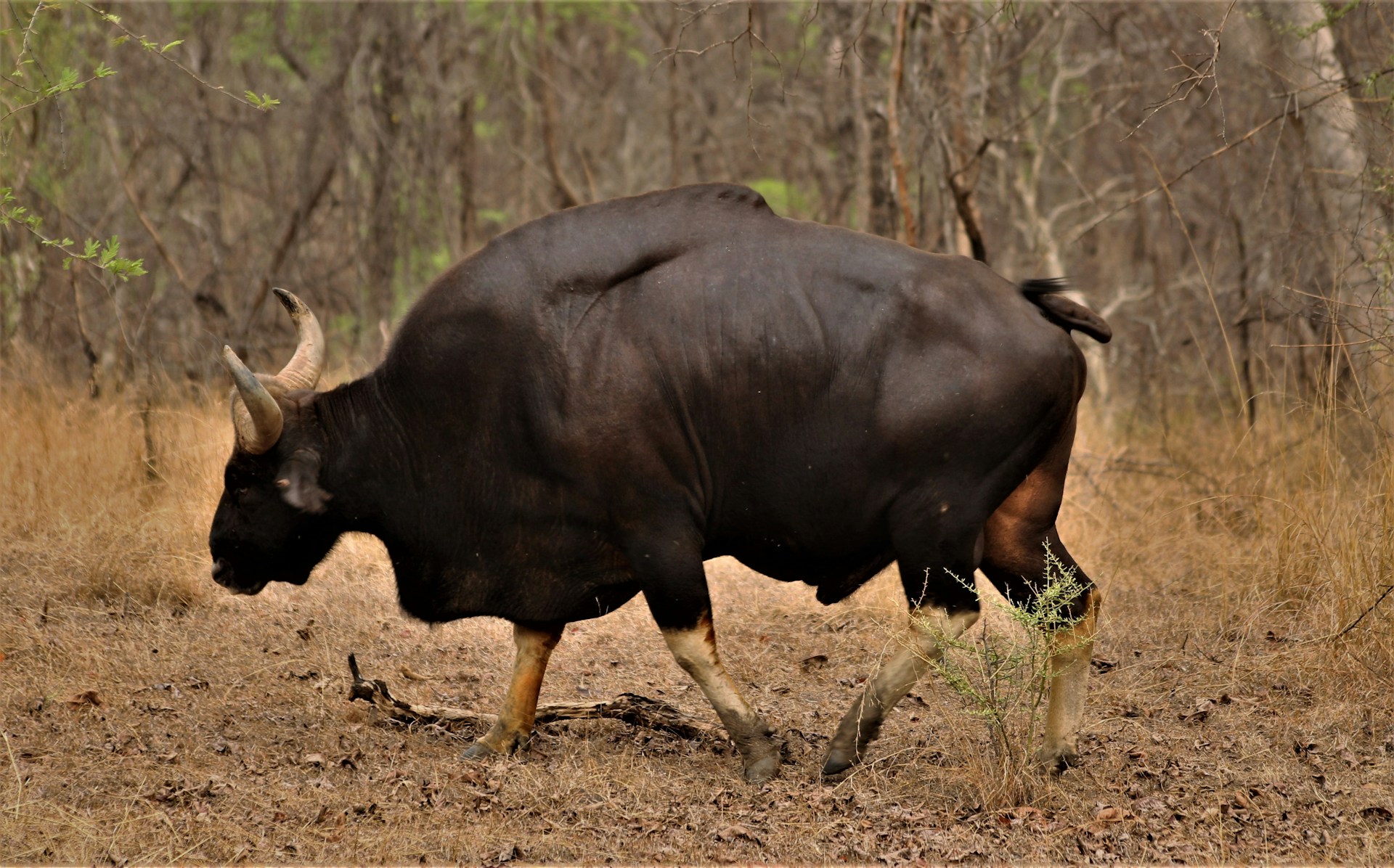
Satpura National Park
PC: Arunmehar Gangaraju Kavikondala

Madhya Pradesh, situated in the heart of India, boasts a distinctive culture, stunning architecture, thrilling wildlife encounters, serene temples, and a fascinating history.
It offers a complete experience for travelers, catering to every wanderer's imagination for an exceptional journey. Among its renowned tourist spots are the Kanha and Panna Tiger
Reserves, the Khajuraho Temple renowned for its unique architecture, Gwalior and Indore known for their historical significance, Ujjain with its Kalbhairav Temple, and numerous
other hidden gems awaiting exploration. The state also delights food enthusiasts with its delectable cuisine and invites travelers to immerse themselves in its vibrant culture.
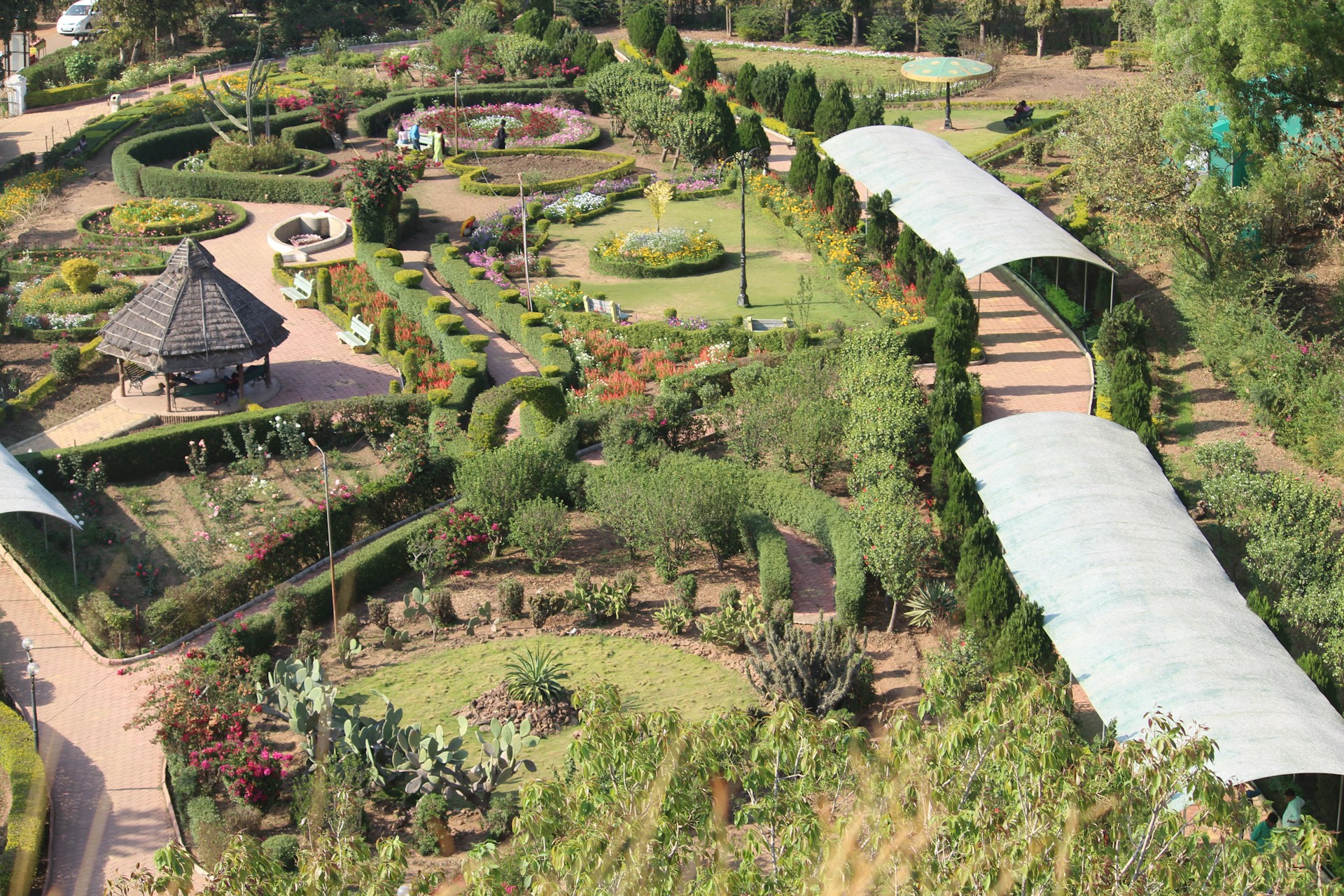
Pachmarhi is located in the Hoshangabad district of Madhya Pradesh, nestled in the Satpura Range at an altitude of around 1,067 meters
(3,501 feet) above sea level.
Pachmarhi is often referred to as the "Queen of Satpura" due to its picturesque landscapes, dense forests, cascading waterfalls, and serene
valleys. It is also known for its ancient caves and rock formations.
Best Time to Visit: The best time to visit Pachmarhi is from October to June, as the weather remains pleasant during these months,
making it ideal for sightseeing and outdoor activities.
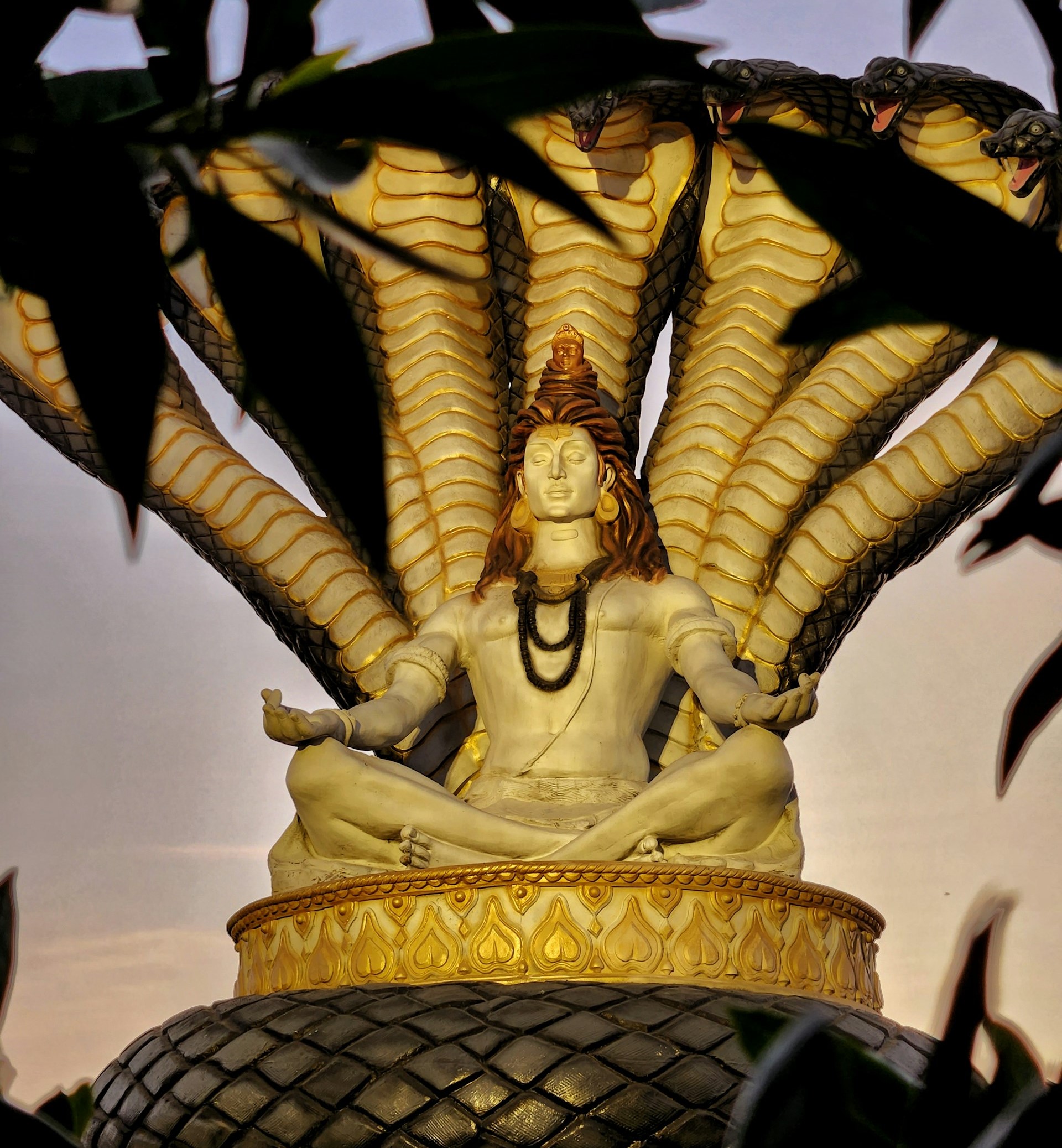
Ujjain, in the Ujjain district of Madhya Pradesh, is home to the Mahakaleshwar Jyotirlinga temple. The temple's original construction dates
back to ancient times, with historical mentions from the 5th century BCE. However, the current structure has undergone renovations and
additions over the centuries.
The Mahakaleshwar Jyotirlinga is one of the twelve Jyotirlingas in India and is dedicated to Lord Shiva. It is highly revered by devotees and
is known for its unique lingam that is believed to be self-manifested (Swayambhu Lingam).
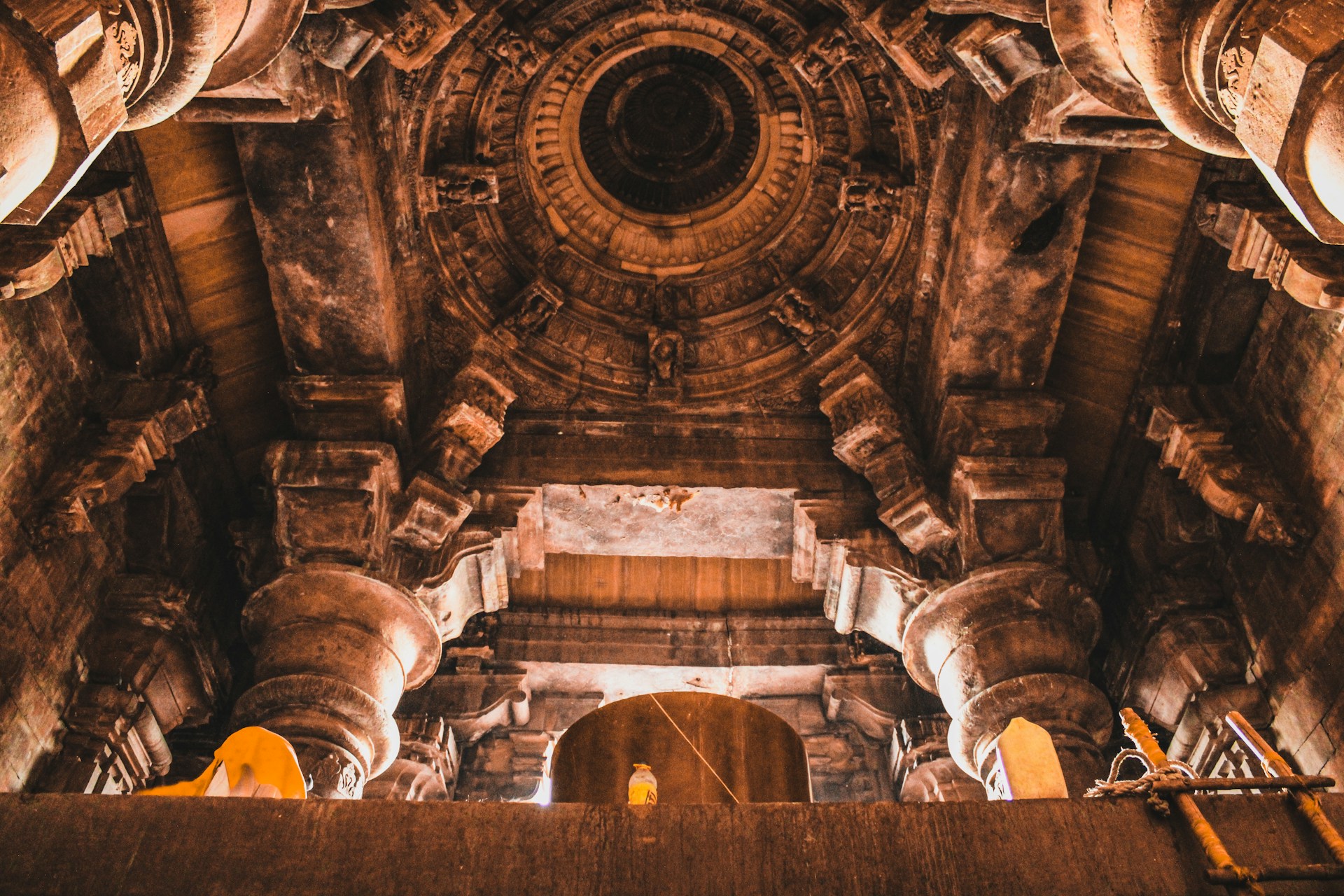
Bhojpur, near Bhopal in Madhya Pradesh, is home to the Bhojeshwar Temple. The temple was commissioned by King Bhoja of the Paramara dynasty
in the 11th century but remains unfinished.
The Bhojeshwar Temple is renowned for its massive lingam, which is one of the largest in India, carved out of a single rock. The temple complex
also showcases impressive architectural features despite its incomplete state.
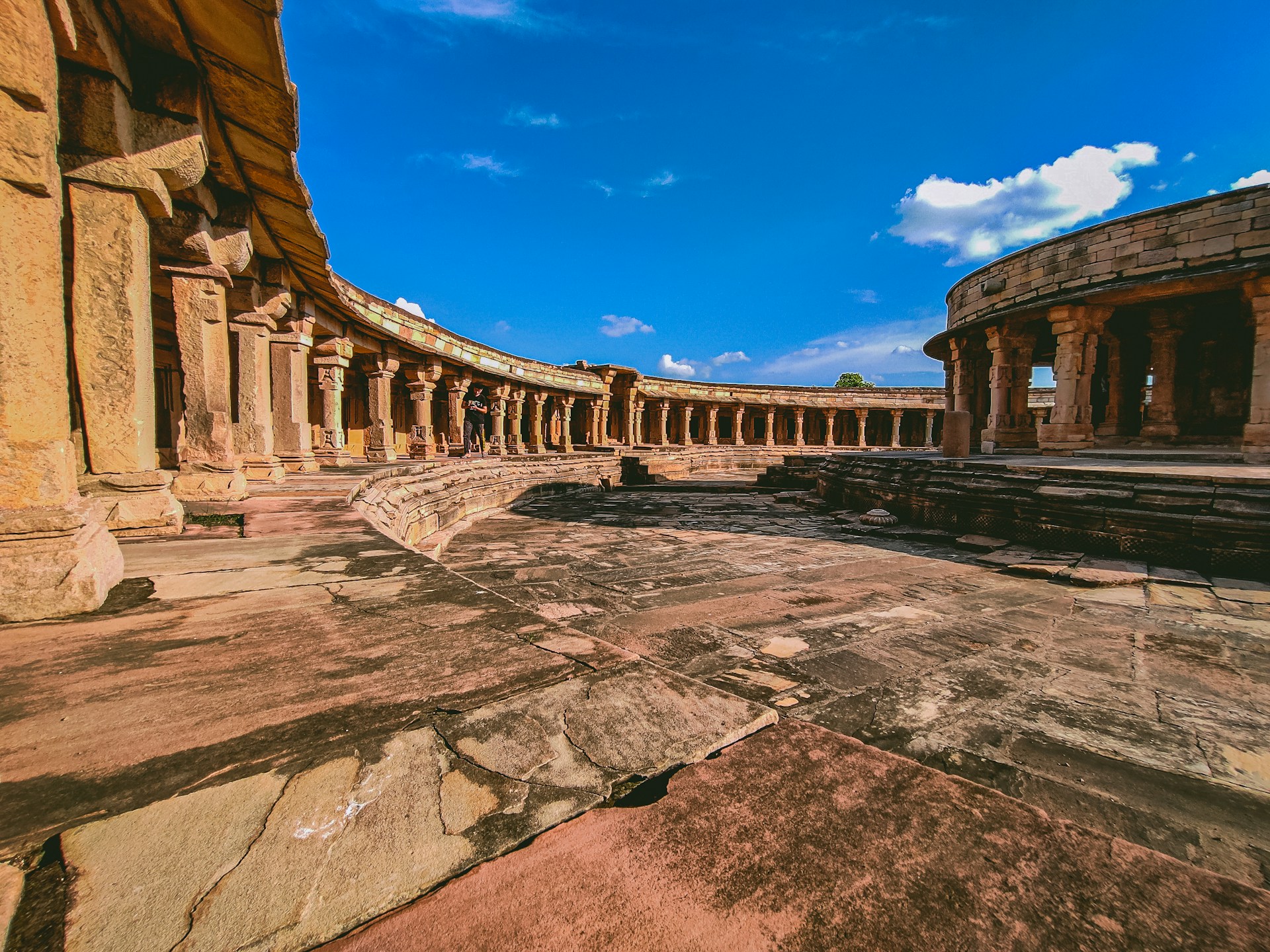
The Chausath Yogini Temple is located in Bhedaghat near Jabalpur in Madhya Pradesh. The temple dates back to the 10th century and is one
of the oldest surviving temples in the region.
The Chausath Yogini Temple is dedicated to the Yoginis (female attendants of Goddess Durga) and is known for its circular structure with 64
chambers surrounding the central shrine. It is an important archaeological and historical site.

Omkareshwar Island is situated in the Khandwa district of Madhya Pradesh, surrounded by the Narmada River. The temple complex has ancient
origins, with the current structures dating back to various periods of history.
The Omkareshwar Temple is dedicated to Lord Shiva and is one of the 12 Jyotirlingas. It is known for its unique location on an island in the
Narmada River, accessible via boat, and for its spiritual significance as a pilgrimage site.
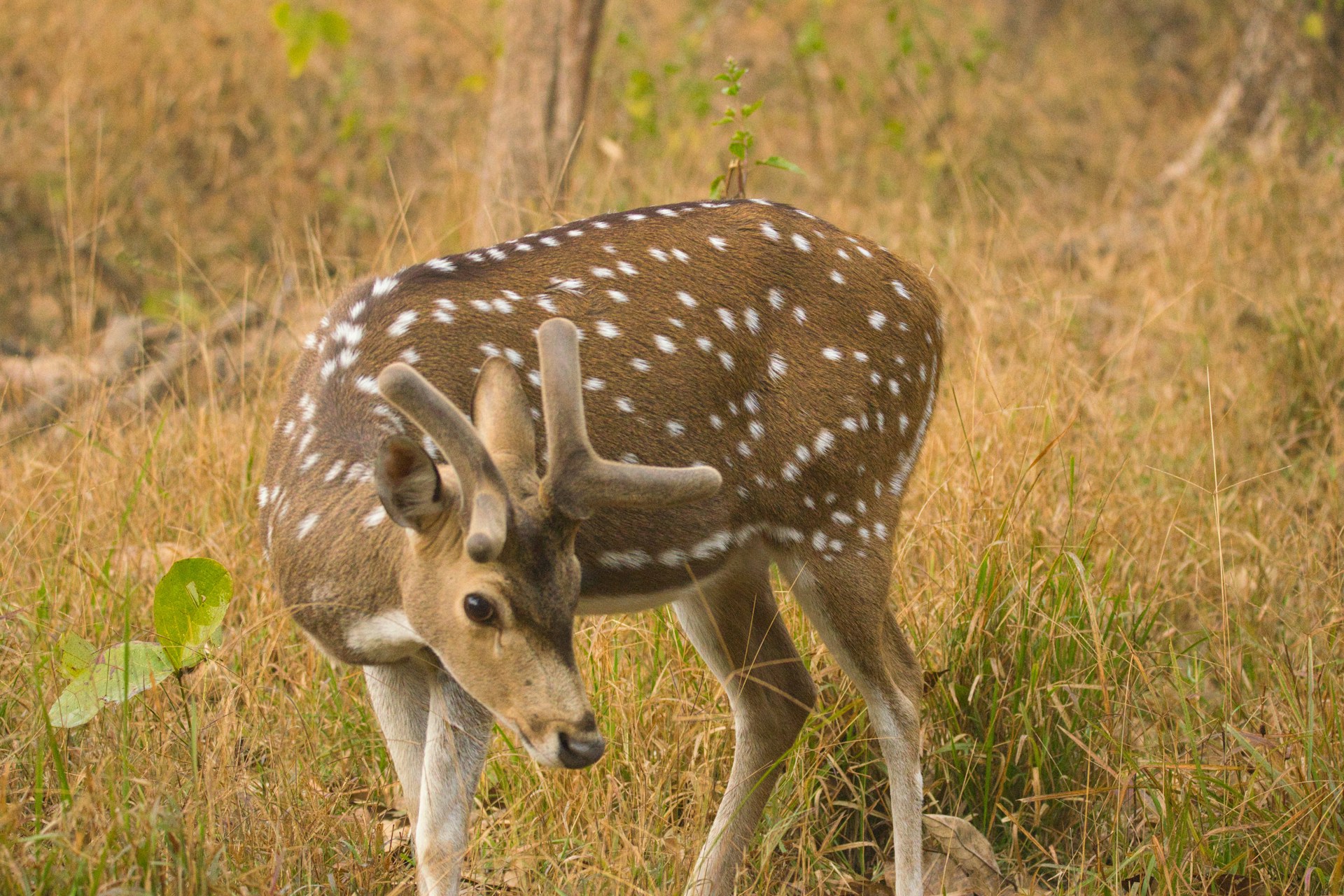
Kanha National Park is situated in the Mandla and Balaghat districts of Madhya Pradesh in the Satpura Maikal range. The park features a mix
of dense forests, grassy meadows, and bamboo thickets, creating a diverse habitat for wildlife.
Kanha is renowned for its tiger population and is one of the best places in India to spot these majestic predators. Other wildlife includes
leopards, wild dogs, deer species like barasingha and sambar, sloth bears, and a rich birdlife.
Best Time to Visit: The park is open from October to June, with the best time for wildlife sightings being from November to March.
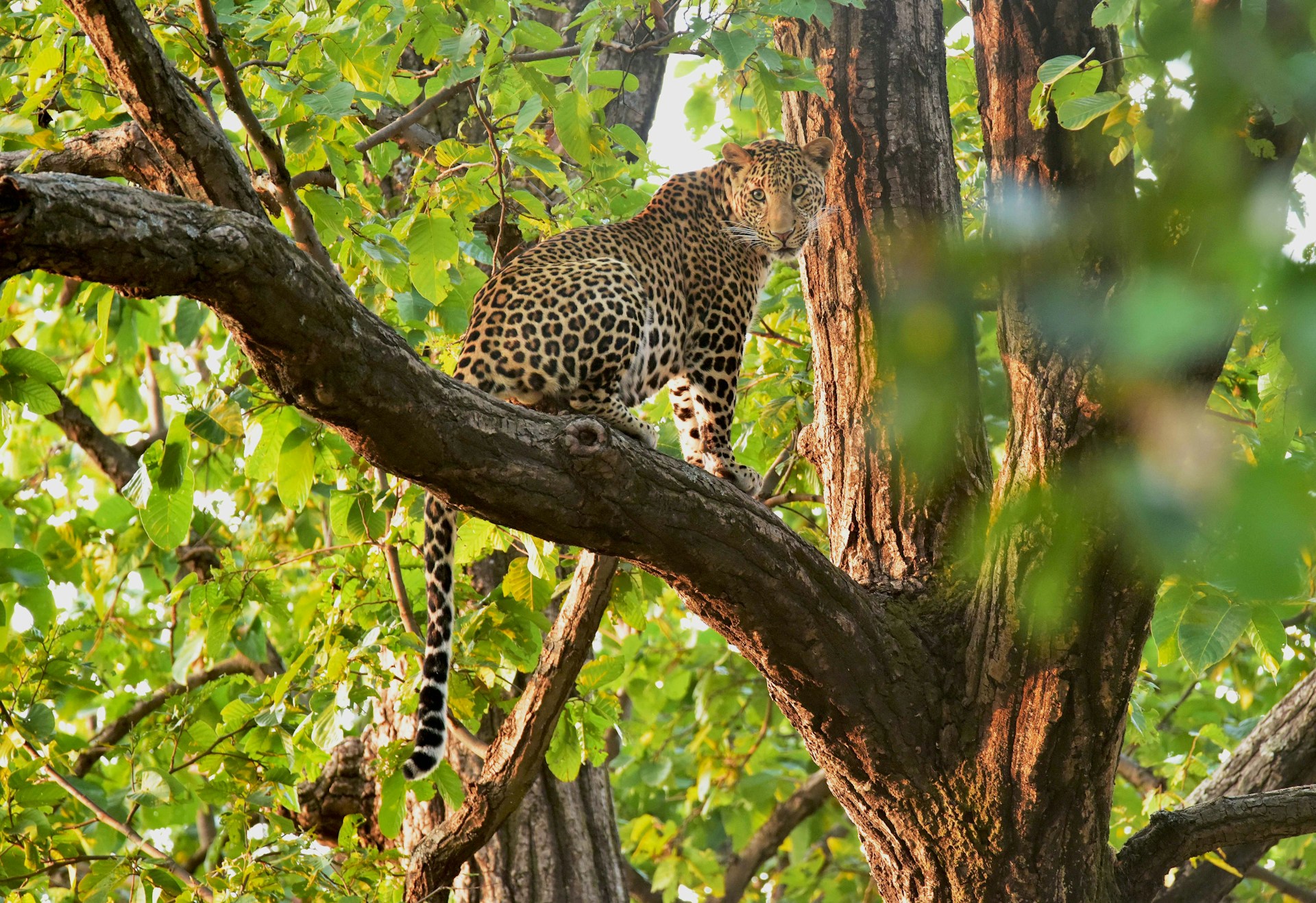
Bandhavgarh National Park is situated in the Umaria district of Madhya Pradesh and is known for its rugged terrain and ancient forts. The park
offers a mix of dense forests, grasslands, and rocky hills, creating a picturesque setting for wildlife safaris.
Bandhavgarh is famous for its high tiger density and is also home to leopards, deer species like spotted deer and barking deer, wild boars, and
various bird species.
Best Time to Visit: The park is open from October to June, with the best wildlife viewing period from November to March.
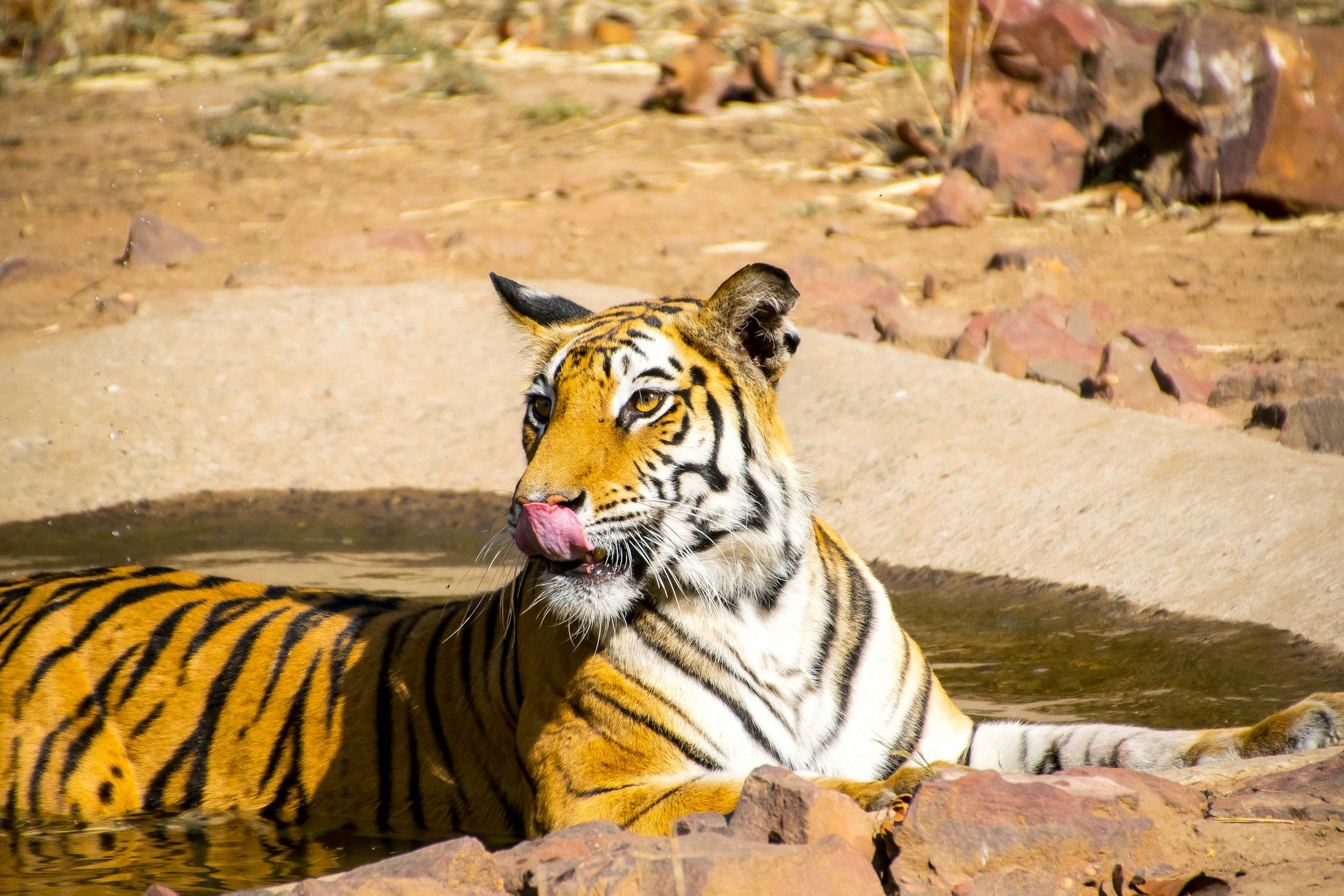
Pench National Park spans across Seoni and Chhindwara districts in the southern region of Madhya Pradesh. The park features a mix of teak
forests, open grasslands, and water bodies like the Pench River, creating a diverse habitat for wildlife.
Pench is known for its tiger population, along with leopards, wild dogs, Indian gaur, sloth bears, and a variety of bird species including
migratory birds.
Best Time to Visit: The park is open from October to June, with the period from November to March being ideal for wildlife sightings.

Satpura National Park is part of the Satpura Range, situated in the Hoshangabad district of Madhya Pradesh. The park offers a diverse landscape
with hills, valleys, rivers, and dense forests, providing a unique wilderness experience.
Satpura is known for its biodiversity, including tigers, leopards, Indian bison, wild boars, crocodiles, and a rich bird population.
Best Time to Visit: The park is open throughout the year, but the best time for wildlife sightings is from October to April.
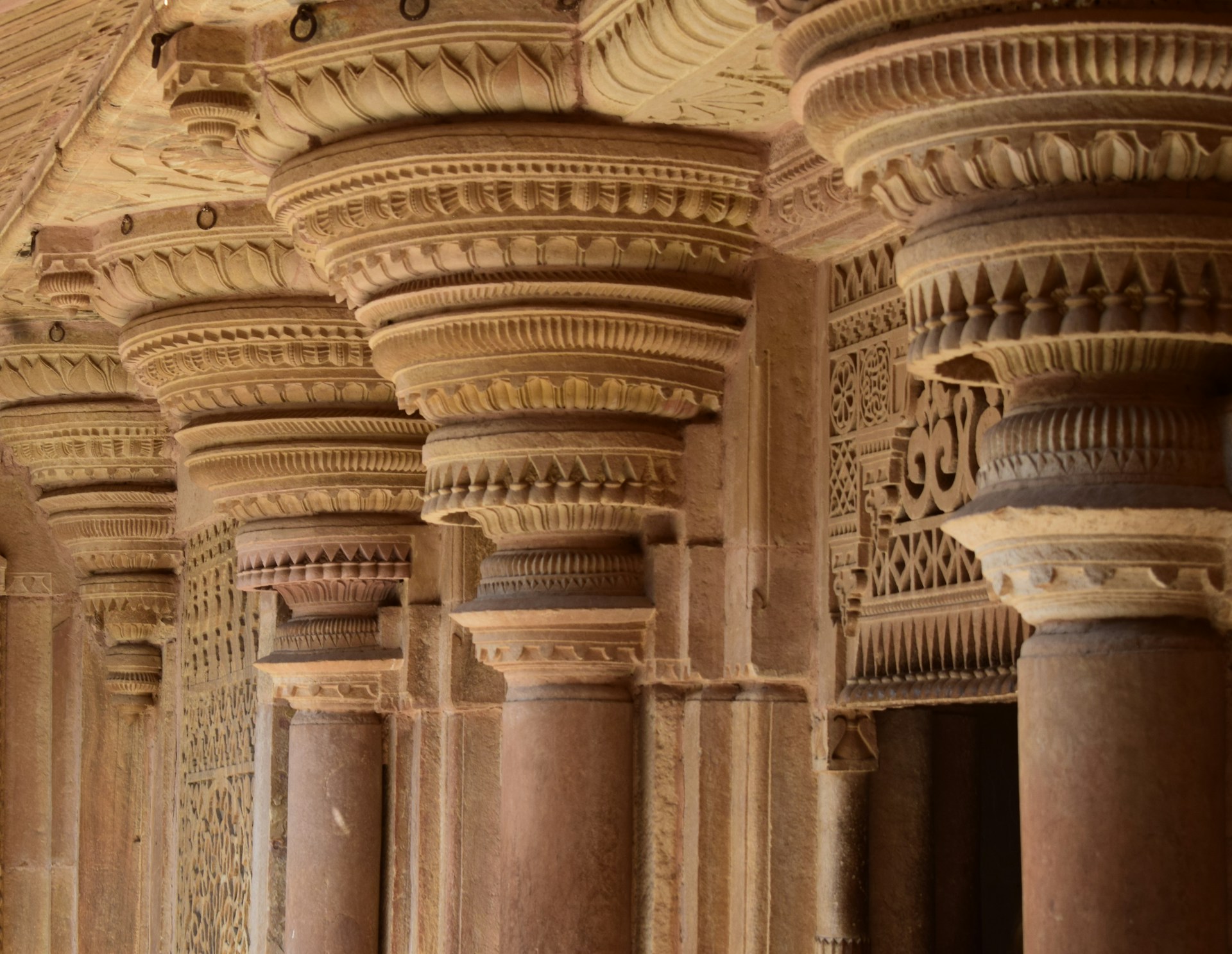
Gwalior Fort is situated in Gwalior, Madhya Pradesh. The fort's construction dates back to the 8th century, with additions and renovations
made by various rulers over the centuries.
Gwalior Fort is known for its impressive architecture, including the towering Man Singh Palace, Gujari Mahal
(now a museum showcasing artifacts), Teli-ka-Mandir with its blend of Hindu and Islamic architectural styles, and the iconic Sas Bahu Temples
known for their intricate carvings.
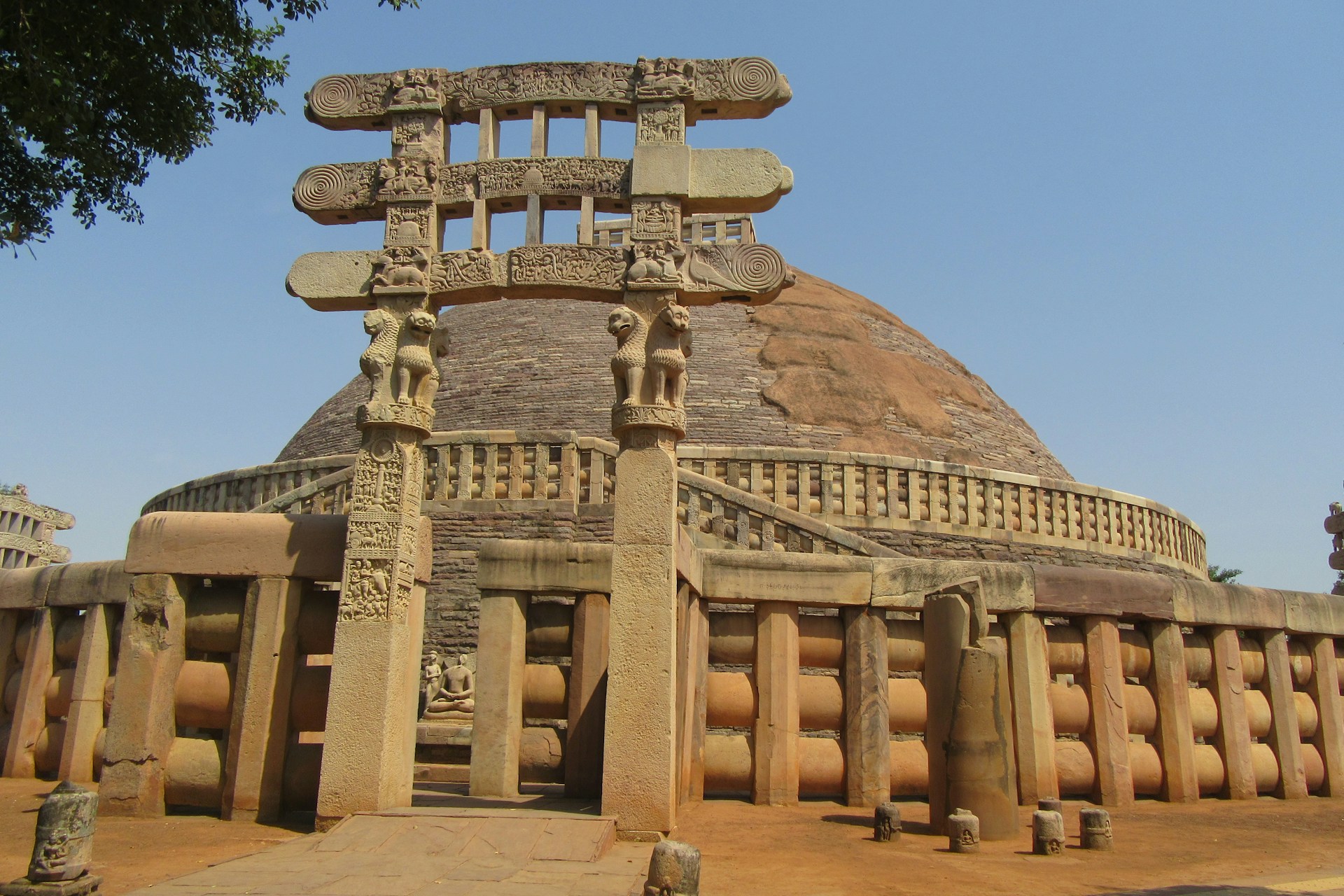
Sanchi is a small town in the Raisen district of Madhya Pradesh, known for the Sanchi Stupa. The Great Stupa at Sanchi was originally built
by Emperor Ashoka in the 3rd century BCE and later expanded during the Sunga and Gupta periods.
The Sanchi Stupa is a UNESCO World Heritage Site and is one of the oldest stone structures in India. It is adorned with intricate carvings
depicting scenes from the life of Buddha and is surrounded by other stupas, monasteries, and pillars with inscriptions.
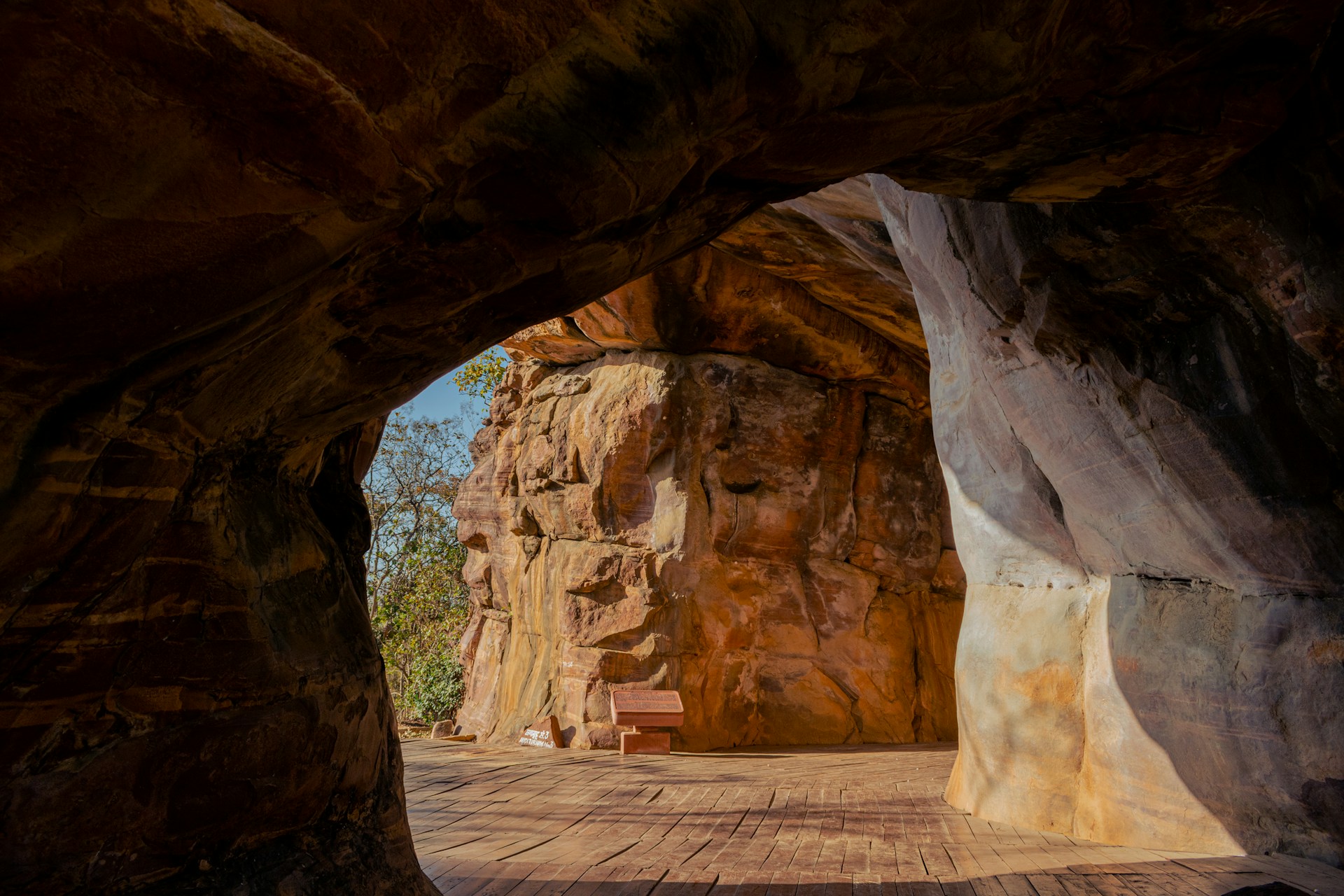
Bhimbetka is located in the Raisen district of Madhya Pradesh, known for its prehistoric rock shelters. The rock shelters have evidence of
human habitation dating back to the Mesolithic period, around 30,000 years ago.
The Bhimbetka Rock Shelters are a UNESCO World Heritage Site and showcase ancient rock paintings depicting scenes from daily life, hunting,
rituals, and mythology. They provide valuable insights into early human civilization and art forms.
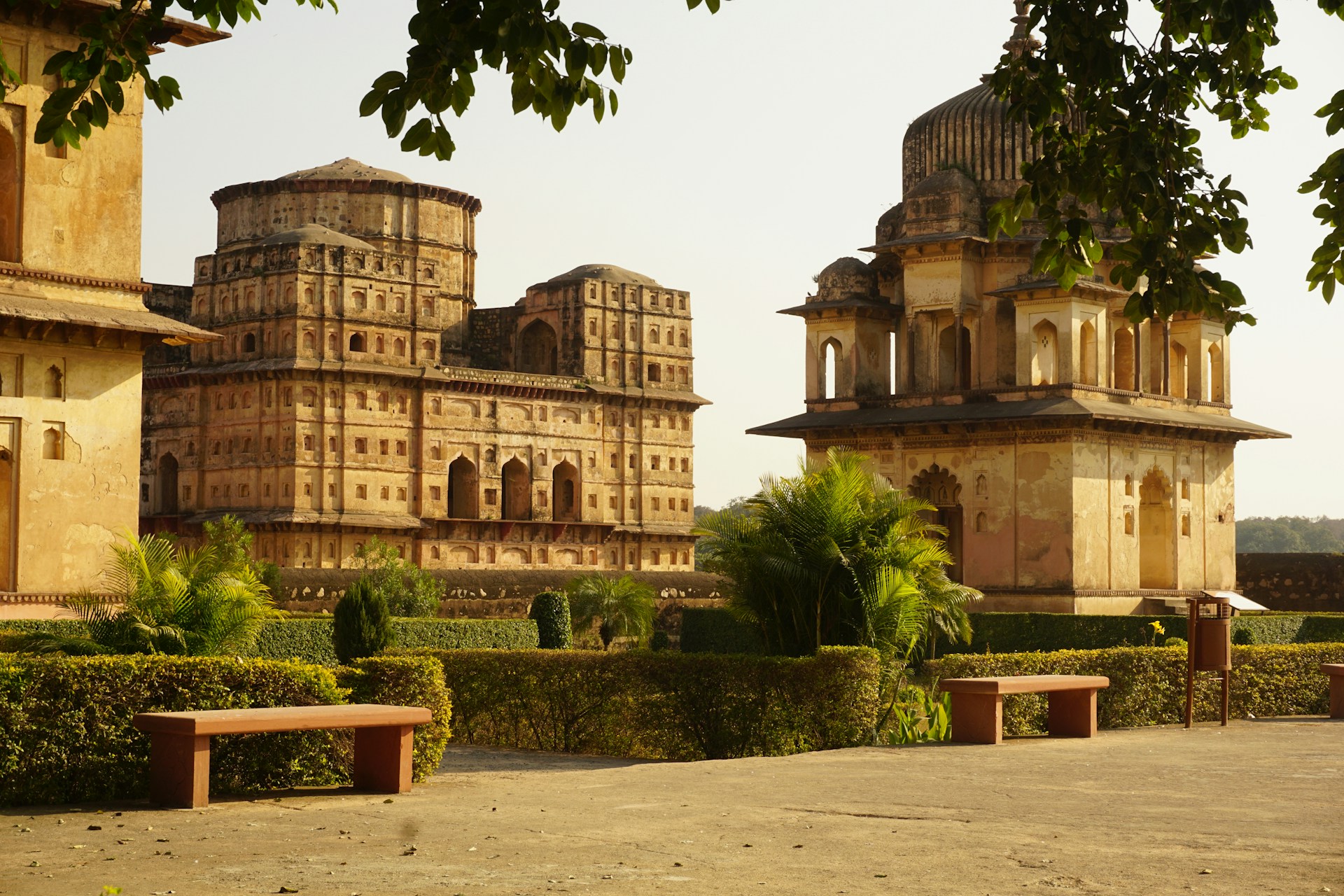
Orchha is a town in the Tikamgarh district of Madhya Pradesh, famous for its historic fort complex. The fort complex was built in the 16th
century by the Bundela rulers.
The Orchha Fort Complex includes the impressive Jahangir Mahal, Raj Mahal with its beautiful murals and paintings, Ram Raja Temple known for
its unique architecture and religious significance, and Chaturbhuj Temple dedicated to Lord Vishnu.
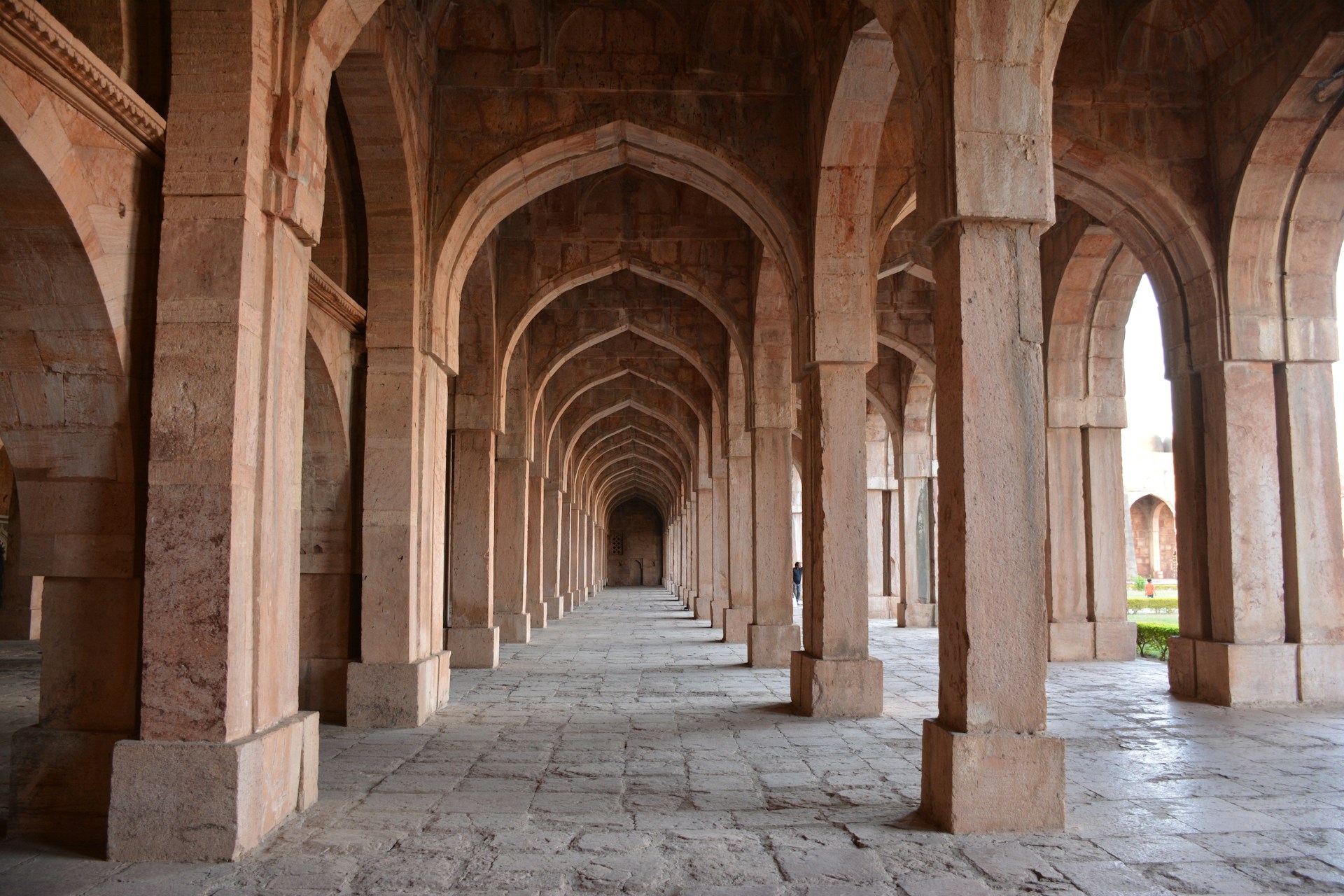
Mandu is located in the Dhar district of Madhya Pradesh, India. It is situated at an altitude of about 2,000 feet (610 meters) in the
Vindhya Range. Mandu has a long history dating back to ancient times. It was an important fortified city under various rulers, including the
Parmar dynasty, the Delhi Sultanate, and later the Malwa Sultanate.
Mandu is famous for its beautiful palaces and monuments, many of which showcase exquisite architecture and design. Some of the notable
structures are Roopmati's Pavilion, Rewa Kund and Baz Bahadur's Palace, Jahaz Mahal and Hoshang Shah's Tomb.